
Land Rover Discovery Sport engines, drive and performance
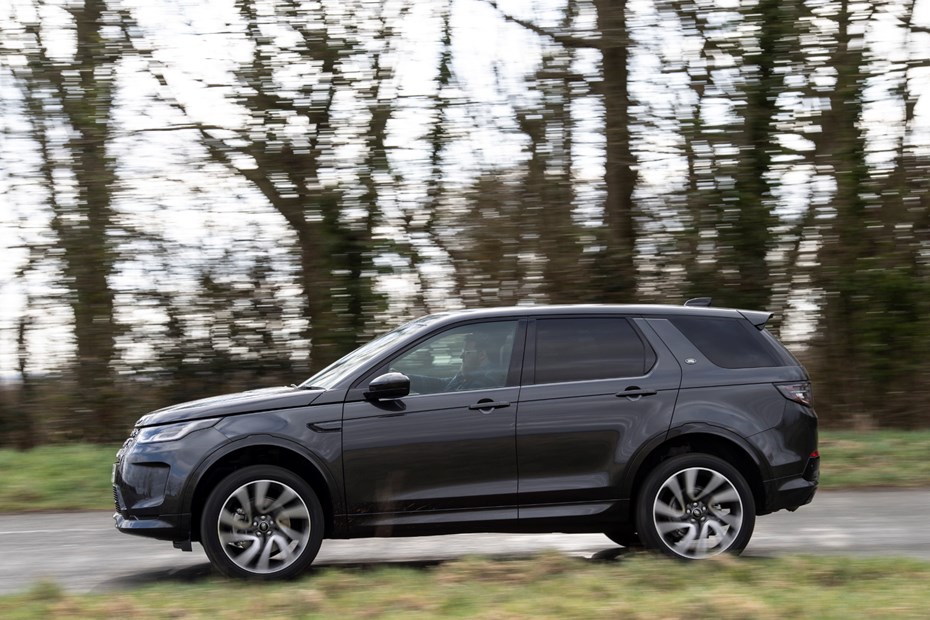
- All motors bar entry-level feature mild-hybrid tech
- Plug-in hybrid a useful addition to petrol and diesel
- Broadly all strong engines
Diesel engines
Despite an industry-wide pushback against diesel cars, it’s likely that a majority of Discovery Sport owners will opt for the black pump.
The entry-level D165 is paired with a manual gearbox and front-wheel drive, making it unique with the rest of the range offering both all-wheel drive and an automatic gearbox . It also misses out on the mild-hybrid technology to cut down on emissions and fuel consumption.
The D200 adds around 41hp (204hp versus 163hp for the D165) to the mix, improving the 0-62mph time by nearly two seconds (8.3secs compared with 9.8secs for the D165 automatic and 10.2secs for the D165 manual). If you want to go with diesel, this is our preferred engine. The extra power makes it much more relaxing to drive because the engine never has to work that hard.
Petrol engine
There’s just one petrol engine on offer. It has 249hp and a 0-62mph time of 7.5secs. It’s far more pleasant to rev than the diesels, but it doesn’t quite deal with the car’s bulk as well.
Where the petrol excels is refinement. The engine is near-silent at a cruise and remains quiet the rest of the time, unless stretching into the upper echelons of the rev range.
Plug-in hybrid
The plug-in hybrid combines a 1.5-litre, three-cylinder petrol engine driving the front wheels with an electric motor propelling the rears. Offering low tax and impressive fuel economy, this one could work for a lot of buyers who are looking to move away from diesel, or mainly cover shorter journeys. Combined power adds up to 309hp, propelling the car to 62mph in an impressive 6.5secs.
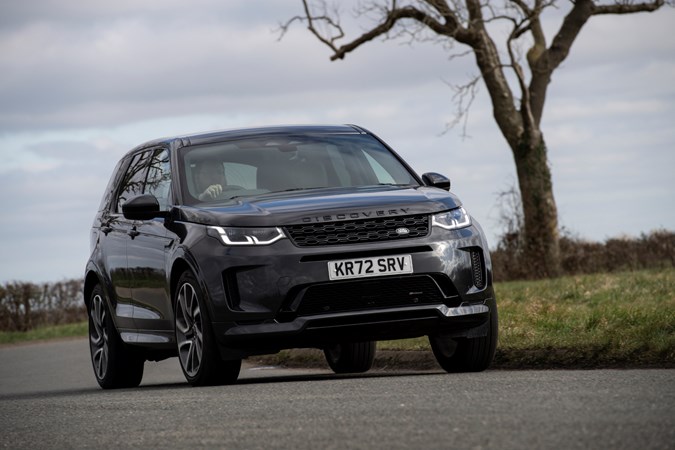
How you want to use both motors depends on three drive modes available: Hybrid, EV and Save. In Hybrid mode, the electric motor works together with the petrol engine seamlessly. It relies on the electric motor to nudge the Discovery Sport quickly off the line, with the petrol engine only kicking in to help out when more power is needed. You can stick to electric-only EV mode, too, which is perfectly fine for driving around town speeds, if a little lethargic on faster roads.
The P300e starts to struggle when the battery has depleted and you have to solely run on the small petrol engine. With 200hp available, this struggles to haul this two-tonne SUV – and that’s with just a driver on board. Downshifts take an age to happen, too, with a long pause between pulling the steering wheel paddle and the gearbox responding.
Thankfully the engine remains smooth and quiet, but it’s slow to rev and feels like hard work getting up to motorway speeds. If you can, limit the use of the petrol engine to cruising on the motorway/dual carriageway, when you can also recharge the battery at the same time in Save mode.
What’s it like to drive?
- Tidy handling and well-weighted steering
- Quite a lot of body movement in the corners
- Ride is exceptional even on large wheels
The Land Rover Discovery Sport excels at ride comfort, absorbing and isolating against bumps. We were particularly impressed by how well the car deals with pockmarked tarmac, even on the largest, 21-inch alloy wheels.
It isn’t intended to be a truly driver-focused SUV in the same way as the Porsche Macan, but it still drives very well. Head into the corners and while the car’s steering is a bit vague, it’s well-weighted and responds in a natural way, making this SUV very easy to pilot. This gives you a lot of confidence that the car’s going to go in the direction you point it. The brakes feel strong too.
Grip levels are high, but spirited driving displays a lot of body lean and movement which will likely see you adopt a more relaxed style of driving. If you do so, it’s just as well, as the Discovery Sport’s luxurious traits shine through.
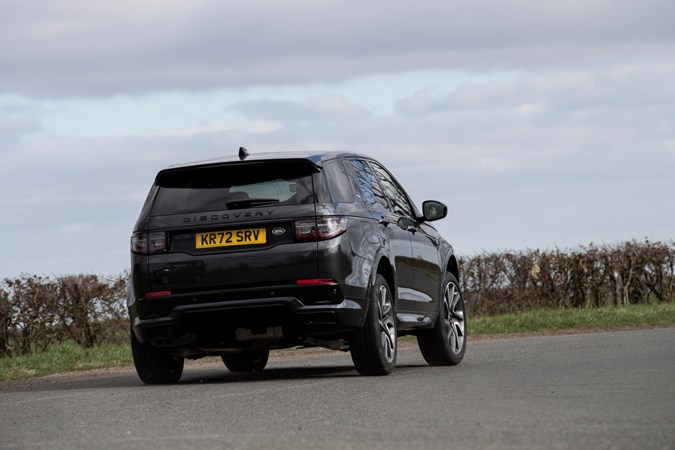
The Discovery Sport outperforms its competition when you head off the road and onto rough terrain. Land Rover’s Terrain Response 2 system is fitted to every model, and allows you to select the kind of terrain you’re on whether it be sand, mud and ruts, gravel or rocks – or, for even more peace of mind you can simply select ‘auto’ and let the car do the work itself.
This is where Land Rover’s heritage shines through, and it’s no stretch to say that the Discovery Sport is easily the best vehicle in this class at tackling off-road terrain, as its carefully honed four-wheel drive system is far more capable than that in the Skoda Kodiaq or Hyundai Santa Fe.
The ponderous nine-speed gearbox is a bit of a gripe however, as it takes a brief pause before responding to throttle inputs. There are steering wheel-mounted paddles for you to change gear manually on higher-spec models, but even then, the response time is far too inconsistent.


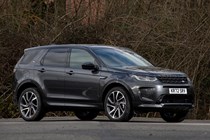
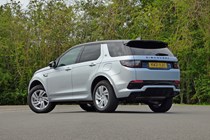
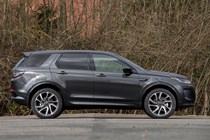
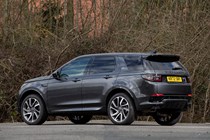
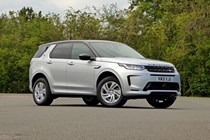

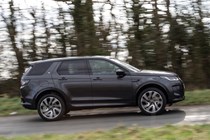


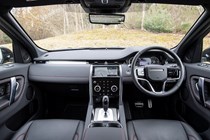


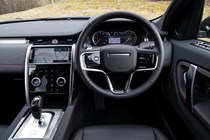
.jpg)
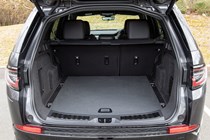













.jpg?quality=50)
